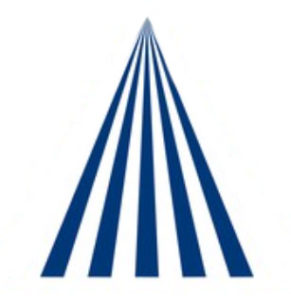“What? So What? Now What?”
Often, I get asked about the relevance and extended value of experiential or activity-based training. A common misunderstanding is that while an interactive team training session may generate considerable amounts of positive energy and good will among participants, some of those who have participated in a previous team event feel that whatever value created during the session was lost when the team resumed the regular workplace duties.
There are many reasons that may have contributed to this result, but I would like to focus on one approach used during the initial training session that increases the likelihood of transferring the team building experience to the work environment. It has to do with capturing the strategies that arise from the training interaction and creating effective workplace applications.
Usually and experientially facilitated team training session will involve several pre-designed team challenges. An effective facilitation team will be able to capture and discuss relevant learning from the challenge and engage the team members in a debrief to allow for the recognition of success strategies. That is the “What?”
A further discussion is constructed to understand why these success strategies affected a positive outcome in the challenge. The latter part of this discussion should narrow the focus to identifying the standing benefits of these skills and strategies for the team. This is the “So What?”
Finally, the team is asked if and where they could benefit from implementing these same skills and strategies back into the everyday workplace and for what benefit? We have arrived at the “Now What?” part of the debrief where the team now creates the strategy, along with metrics on how they can use these same skills and strategies for workplace success, how to measure these and what results would they expect.
As the team moves back into the workplace they will usually experiment with implementation, initially to varying degrees of success. This is to be expected but part of the developed process for workplace application should also include a mechanism for ongoing support within the team in making changes. This gives the team an owned responsibility for their results through common goals.
